Robert G. Dalsemer: West Virginia Square Dances—Originally published by Country Dance and Song Society, 1982. Dalsemer describes dance figures as done in five rural West Virginia communities in the mid- to late-1970s and reports on their regular dance events, including programming, type of audience, price and method of admission, and the traditions of figure calling and musical performance. The history of each dance event is discussed, as is their on-going process of evolution. With appendices: a list of tunes commonly played for square dances; transcriptions of calls; and tunes for caller Worley Gardner’s singing and semi-singing calls.
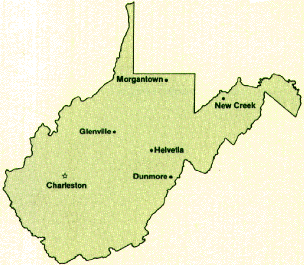
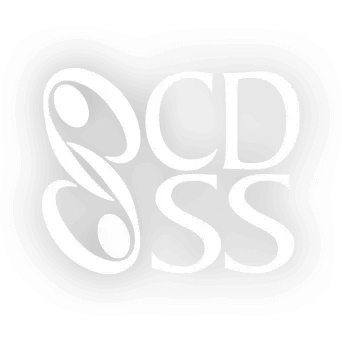

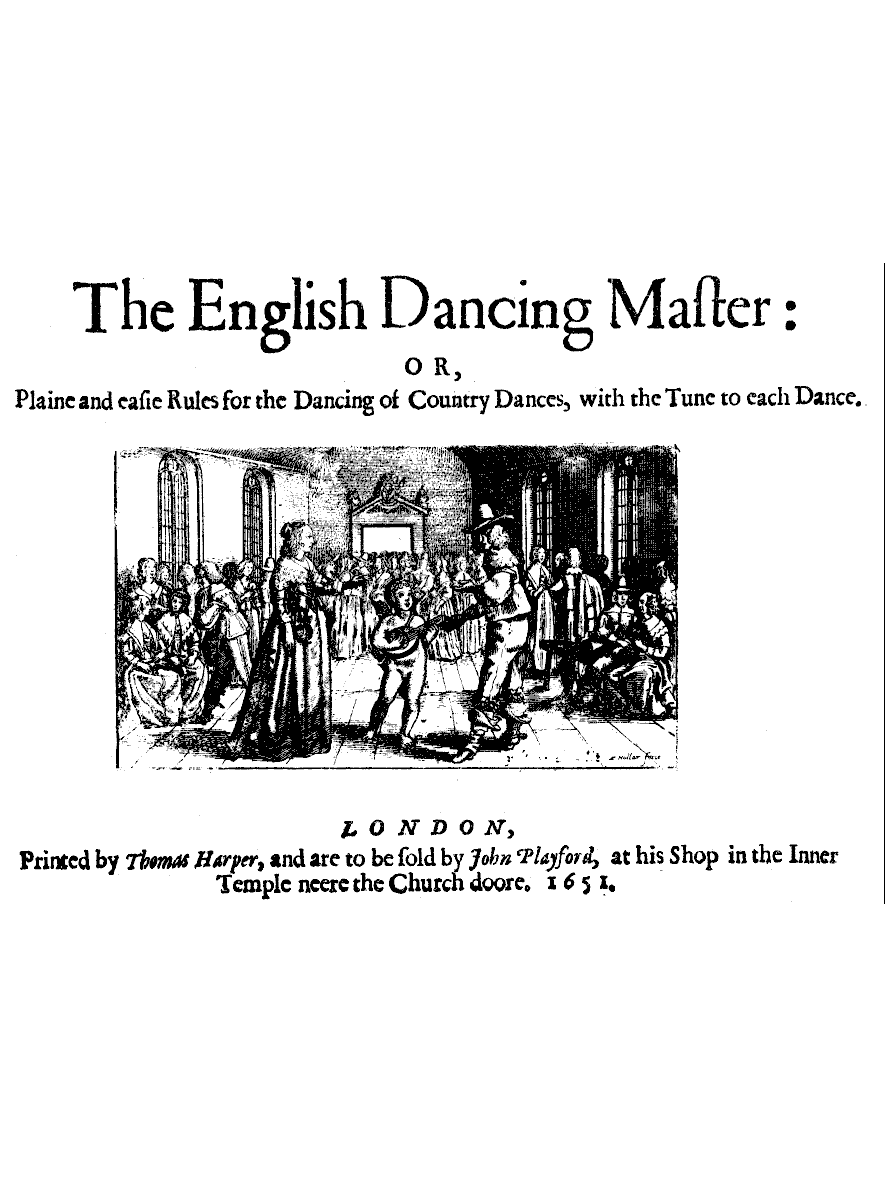
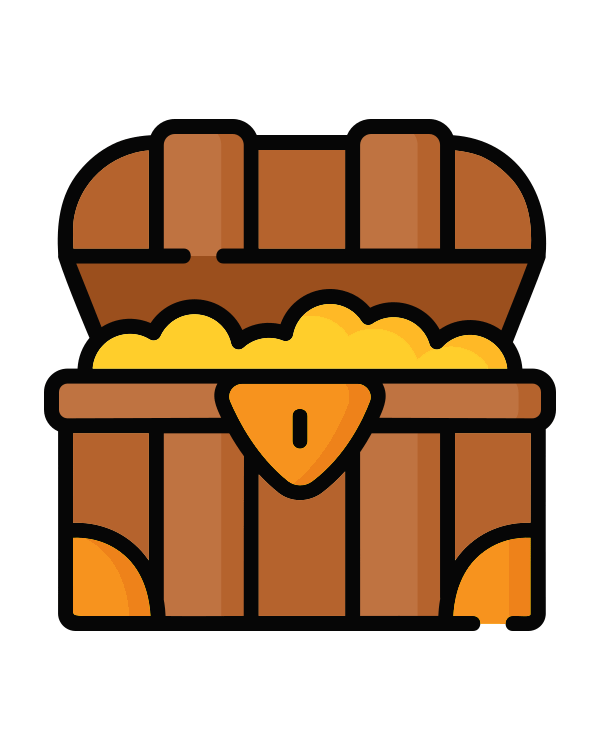
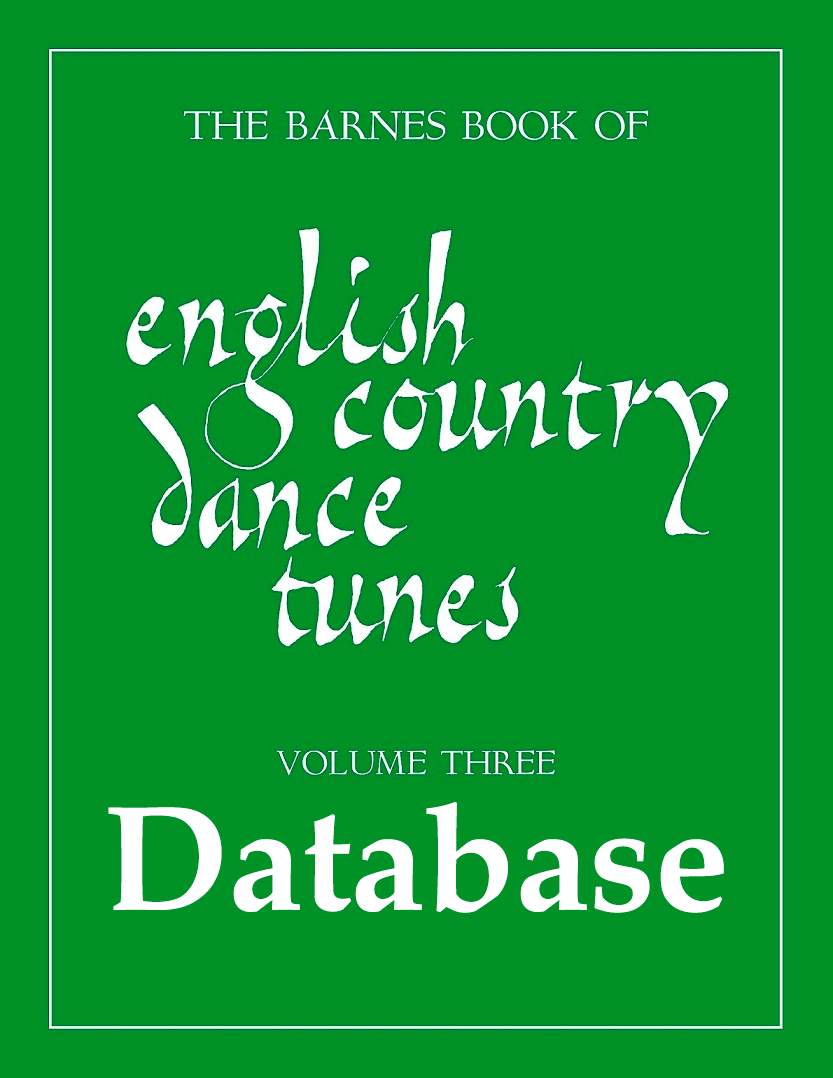
 Thanks to the Massachusetts Cultural Council for their generous support.
Thanks to the Massachusetts Cultural Council for their generous support.